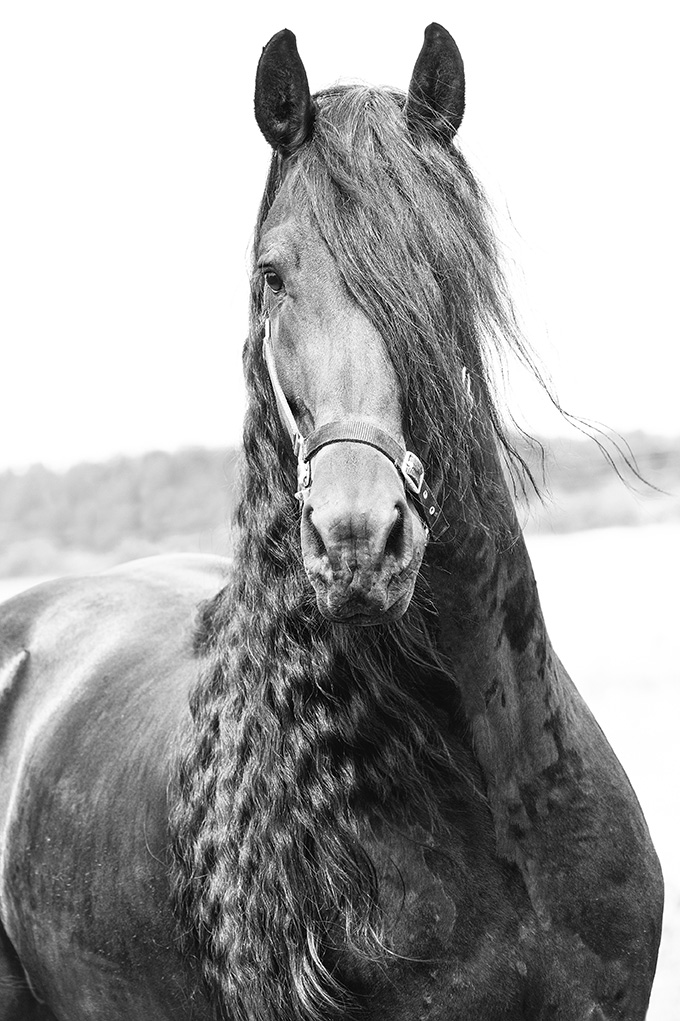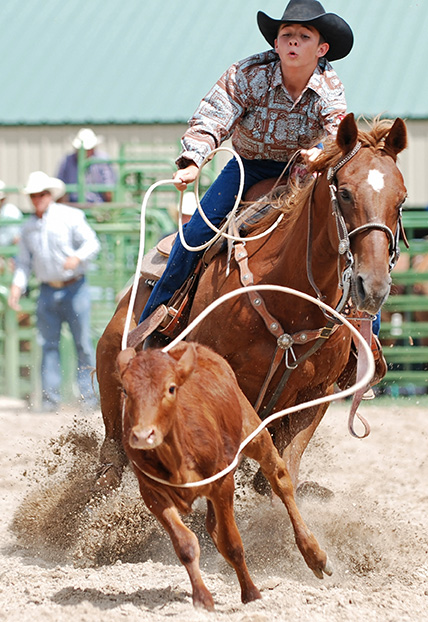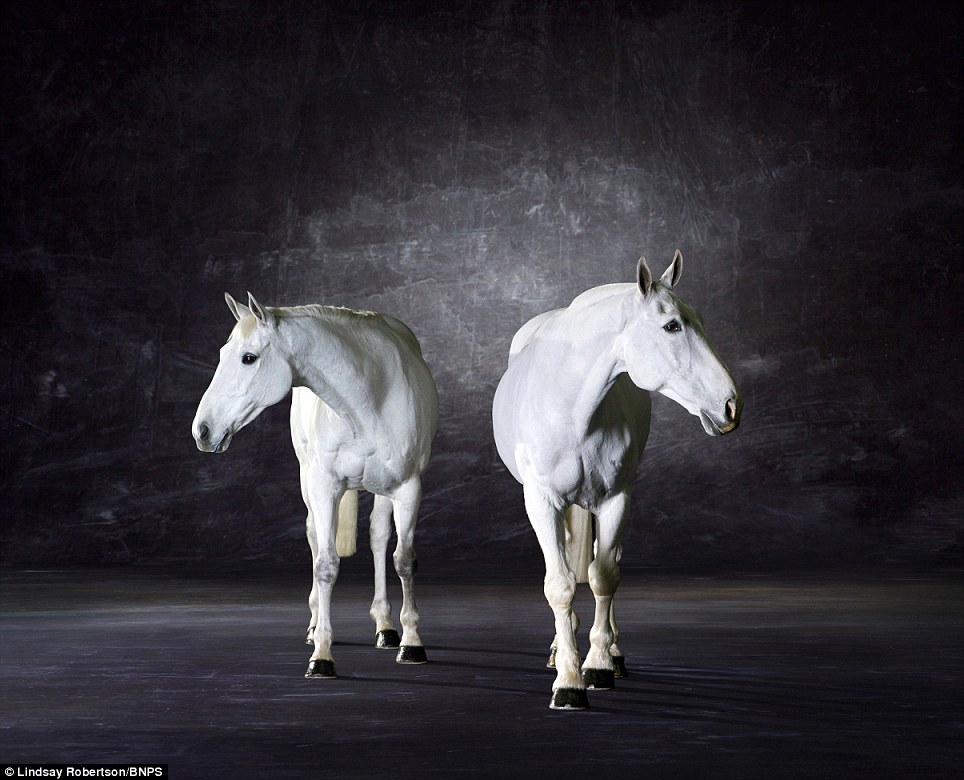
Read an excerpt from "Untamed Spirit: Horses from Around the World" by Drew Doggett.
Equine photography is the art of photographing horses. It is a challenging but rewarding genre of photography, as horses are beautiful and expressive creatures. Equine photographers must be able to capture the horse's movement, grace, and personality in their images.
There are many different types of equine photography, including:
- Portrait photography: Equine portrait photography is similar to human portrait photography. The goal is to capture the horse's individual personality and beauty in a single image.
- Action photography: Equine action photography captures the horse in motion. This could be anything from a horse jumping a fence to a horse galloping through a field.
- Documentary photography: Equine documentary photography tells the story of horses and the people who love them. This could involve photographing horse shows, horse racing, or simply people enjoying their horses at home.
Equine photographers use a variety of techniques to capture the best possible images of horses. Some common techniques include:
- Using a fast shutter speed: A fast shutter speed is necessary to freeze the horse's motion and prevent blur.
- Using a wide aperture: A wide aperture allows the photographer to blur the background and focus attention on the horse.
- Using natural light: Natural light is often the best light for equine photography. It is flattering and can help to create a sense of atmosphere in the image.
- Capturing the horse's eyes: The horse's eyes are one of its most expressive features. Equine photographers often try to capture the horse's eyes in their images to add emotion and depth.
Equine photography is a beautiful and challenging art form that can be enjoyed by people of all ages. Equine photographers capture the beauty, grace, and personality of horses in their images.
Here are some additional tips for equine photography:
- Be patient: Equine photography can be time-consuming. Horses are unpredictable animals, so it is important to be patient and wait for the right moment to take a photo.
- Get to know your subject: The more you know about horses, the better your equine photos will be. Take some time to learn about horse behavior and body language.
- Be safe: Horse safety is always paramount. Be aware of your surroundings and never put yourself in a dangerous situation.
If you are interested in learning more about equine photography, there are a number of resources available, including books, websites, and workshops. If you are interested in hiring a photographer, there are many listed here to cover your event or to capture beautiful moments with your horse!
Please note: The locations are only as a reference and photographers often travel extensively to perform their craft. Please contact the photographer directly regarding your specific location needs.
UNITED STATES | International (click here) | Rodeo Photography
Photography
Arizona
California
- Caroline Fyffe Equine Photography
- Dubnoff Photography
- Elizabeth Hay Photography
- Glo Photo
- Karen Asherah Photography
- Kelly Campbell Photography
- Kelly Kenneally Photography
- Lisa Dearing Photography
- McCool Photography
- Rick Osteen Photography, Show photography
- Sivela Photography
- Terri Miller Horse Show Photography
- TMA Photography
- Video West Productions
- Whim Wham Equine Photography, Show Photography
Colorado
Delaware
Florida
- AJ Price Photography
- BJC Photography LLC
- Darlene Wohlart Photography
- David Lominska/Polographics
- Equine Photography & Graphic Design by Suzanne, Arabian Horses
- Horse Sports Photography by Sharon Packer
- James Parker Photography
- Jeff Kirkbride Photography
- Mark J. Barrett Stock Photography/Video
- Stunning Steeds Photography, Design and Marketing
- The Polo Paparazzi
- Through My Eyes Photography
- Victoria DeMore Photography
Georgia
Idaho
Illinois
Indiana
Iowa
Louisiana
Maine
Maryland
Michigan
Minnesota
Missouri
Nebraska
New Jersey
New Mexico
New York
- Adam Mooshian
- Alex Zhang Photography
- Andrea Barber Photography
- Diana De Rosa Photography
- Donna DeMari Equine Photography
- Drew Doggett
- ImagEquine Photography
- JLab Photography
- JMS Photo Imagery
- Julie O'Daly
- Juliet R. Harrison Photography
- Martina Gates Photography
- Peter Petrik Equine Photography
- Sharon Castro Photography and Digital Fine Art
- Tracey Buyce Photography
Ohio
Professional Organizations
South Carolina
South Dakota
Tennessee
Texas
- S. Sylvester Photography
- Carter Equine Productions
- Don Stine, Show Photography
- Jeff Janson, Show Photography
- Jerry Mohme Photography
- Joylynne Harris Equestrian Photography
- Kirstie Marie Photography
- Lea Sage Watson
- Pamela Steege Photography
- Scott Trees Photography
- Terri Cage Photography
- Wild Mane Photography
Virginia
- Al Cook, Show Photography
- Celestial Photography
- Debby Thomas Animal Art And Photography
- GRC Photography - Equestrian Sports Photography
- Jordan Koepke Photography
- Melinda Brown Photography
- Pics of You, Show Photography
- Teresa Ramsay Show Photography
- Tricia Booker Photography
- Valerie Durbon Photography
- Whiting Photography
Washington
Wisconsin
Wyoming

PHOTOGRAPHY - INTERNATIONAL
Bermuda
Canada
- A Sharper Image - Photography
- CVM Photography for Chuckwagon Racing
- Debra Garside - Sable Island Horses
- Equiessence
- Eye Poetry, Irene Suchocki
- Kerri-Jo Photography
- Nicole Marie Photography
- Ride into Time Equine Photography
- Roberto Dutesco - The Wild Horses of Sable Island
- Studio 3 Media
- Sugarbush Studio - Betty Cooper
- Twin Heart Photo Productions
Germany
Ireland
Poland
United Arab Emirates
United Kingdom
- Alice Gipps Fine Art Photography
- Astrid Harrisson Photography
- Bob Langrish, Equestrian Photographer
- Craig Payne
- Debbie Burt
- Eastern Light Photography
- EqSP Equine Studio Photography
- Equine Pix Photography
- Images of Polo
- Katarzyna Okrzesik Equine Photography
- Malcolm Snelgrove Photography
- Mark Beaumont Equine Photographer
- Mark Harvey Photography
- Matthew Seed
- Nathalie Todd Photography
- Nico Morgan Photography
- Peter Meade Photography
- PoloPower Photography
- Racingfotos, Ltd.
- Spindletree Photography
- Swingletree Photography
- The Gather Photography
- Tracey Elliot-Reep Country Collection
- White Feather Photography

Rodeo Photography Association
Rodeo Photography
- Bull Stock Media
- C - C Photography, 706 Lake View Drive, Loudon, TN 37774
- Craig Maley Photography, 2030 University Ave., Williston, ND 58801
- Dakota Rodeo Photography, Nathan Sommerfeld, SD
- Dick Squire, 1401 Wachtler Ave., Mendota Heights, MN 55118
- Dudley Barker, 395 E Park St., Stephenville, TX 76401
- James Fain, Fain Photographic, P.O. Box 168, Logan UT, 84323-0168
- Jennings Rodeo Photography, P.O. Box 100, Roosevelt, TX 76874
- Kierce Photography, 29 Kerr Road, Fredericksburg, TX 78624
- Matt Cohen Photography, CA
- Molly Morrow Photography, 518 N Pine Street, Suite 105, Ellensburg, WA 98926
- Nate Bailey Rodeo Photographer, 11432 E 38th St Tulsa, OK 74146-2831
- Photography by Phifer, P.O. Box 630904, Nacogdoches, TX 75963
- Pro Rodeo Pix ® by Al Berger, 3623 S. Smith St., Spokane, WA 99223
- Puhl's Photography, OH
- Reed Settle, Roughstock Photography, Ramona, CA
- Rural Life Photography, Randy Johnson, CA
- Sam Bliss Photography
- Seven Springs Photo, John Moon, P.O. Box 2382, Powder Springs, GA 30127
- Sheila Addleman Photography, LLC., Seattle, WA 98101
- Two Dog Enterprises, Graham, TX
By Ann S. Gordon, CPP
Read the original article on Professional Photographer here...
When I was 8 years old, I was photographing horses with my Brownie Flash Six-20. The camera had two settings: 5 to 10 feet and “Beyond 10 feet,” which I probably didn’t use reliably. The horses in those images had bulbous noses, large heads, and very long back legs.
Today, more than 50 years later and having photographed hundreds of equines in my animal portraiture business, I know how to make the animals look their best and reflect the breed or equestrian sport their owners enjoy.
Even if you don't specialize in animal photography, you may be asked by clients to include a horse in a portrait, as was a friend of mine recently. If so, you’ll find the following tips helpful in capturing wonderful images of the large, easily distorted, incredibly beautiful animal that is the horse.
1. Use a long lens. Try a 200mm or 300mm lens, and stand back as far as 1 foot per millimeter. In other words, when using a 200mm lens, shoot from 150 to 200 feet. This helps minimize the distortion that can happen when photographing such a large animal.
2. Use a fast shutter speed. A minimum of 1/250 to 1/500 second is best. You can use shutter priority to make sure things don’t blur if you’re working in an arena where the light is constantly changing, but I like to use my manual setting for most things. Even with a standing horse, those ears move, as does the tail.
3. Have an assistant. You’ll need one to make noises, move horse feet, rattle buckets, and hold onto a fractious horse so the owner can look relaxed. In order to keep the animal calm, the assistant needs to be very comfortable with horses.
4. Get down. Your lens should be at the mid-shoulder of the horse. Any higher than that, and the animal’s legs will look short. If you’re too low, the legs will appear long—really long. I wear gel kneepads so I can move quickly without hurting myself.
Read more: Horse Sense: 12 Tricks for Better Equine Photography
By Candace Chaney, Contributing Culture Writer
Robert Vavra is one of the most famous horse photographers in the world, but he doesn't see himself that way.
"I view myself more as an artist and storyteller," says Vavra, 76, who runs two miles a day and has the voice of a man decades younger.
The artistry has made his work an international success, with decades of endurance. Romantic, mythical and boldly evocative, Vavra's photographic compositions of horses seem like something from a magical storybook come to life.
"My aim is to capture the true romance and beauty of the horse," says Vavra, something he has done as an author and photographer of nearly 40 books whose subjects span continents and six decades.
On Saturday, the International Museum of the Horse at the Kentucky Horse Park will open Vavra's Vision: The Equine Images of Robert Vavra, the first major retrospective of Vavra's 60-year career as an equine photographer. It continues through May 30.
Read more: First Retrospective by Robert Vavra, horse photographer nonpareil

Photographer creates 3,000 square foot backdrop to capture stunning pictures of horses in all their glory
By Rob Preece
Read the original article on the Daily Mail UK
Strong and muscular but graceful when they move, horses have inspired artists and writers for centuries.
But these pictures show the animals as you've probably never imagined them before - posing for portraits in a professional photographer's studio.
And this isn't any ordinary studio - it's a 3,000 square foot backdrop and stage which the photographer, Lindsay Robertson, takes to stables in the back of his Transit van.
Mr Robertson, 58, from Edinburgh, designed the studio himself and revealed that it cost him a 'five-figure' sum to create.
To make the backdrop, he had to buy two enormous rolls of muslin before sewing them together in the only space he could find that was large enough - a railway station car park.
He then spent a month painting the muslin and rigged up a system of poles to raise it to a right angle. Next he built the 700 square foot stage upon which the horses stand for their portraits.































